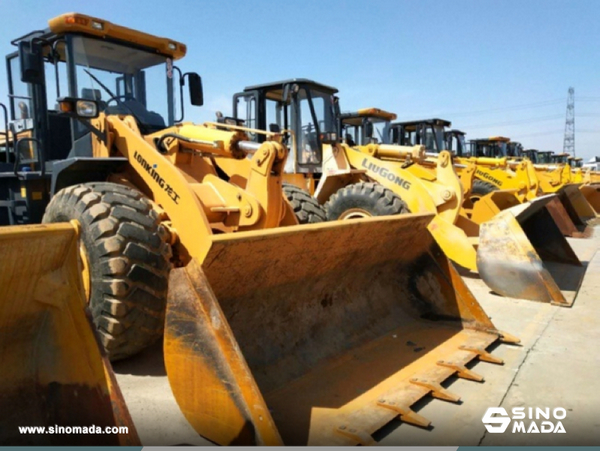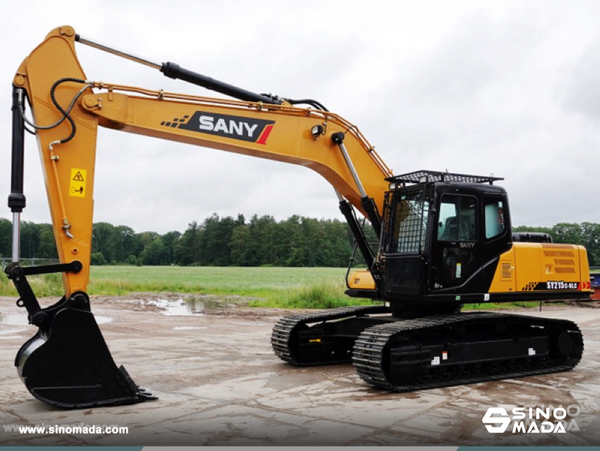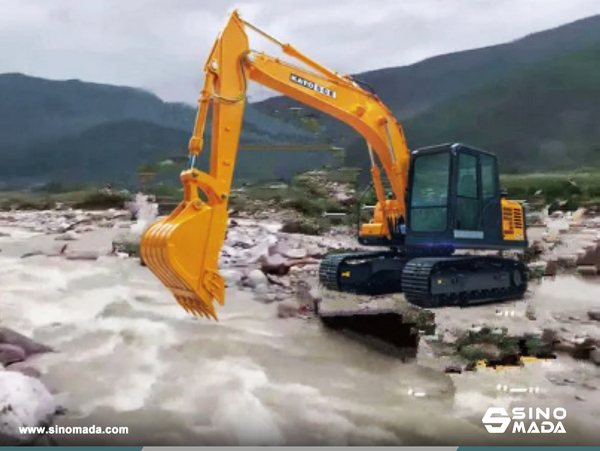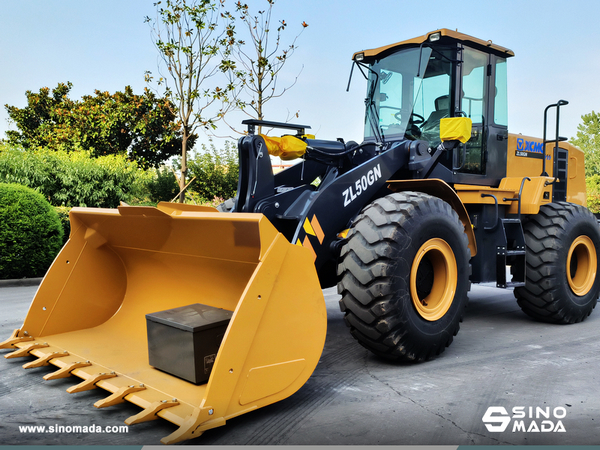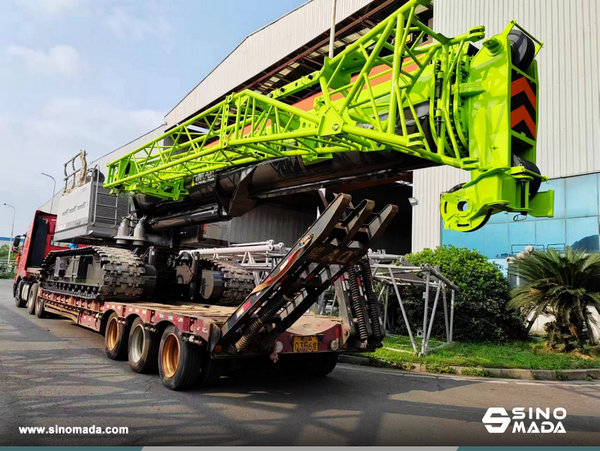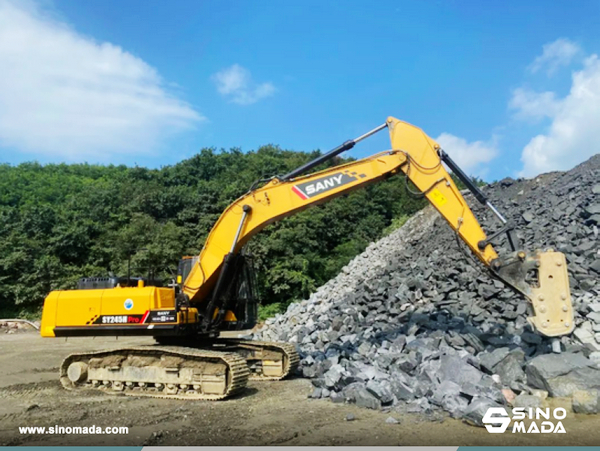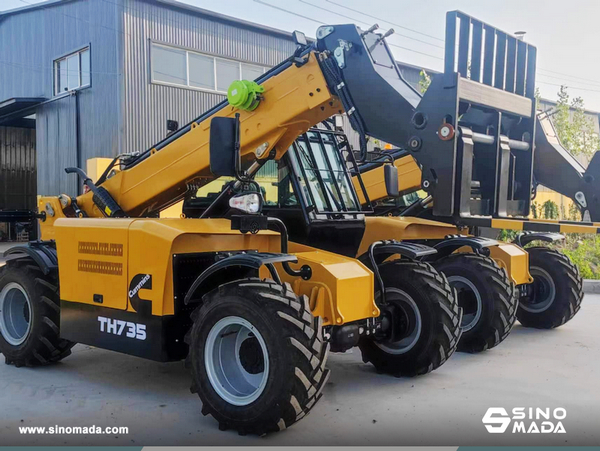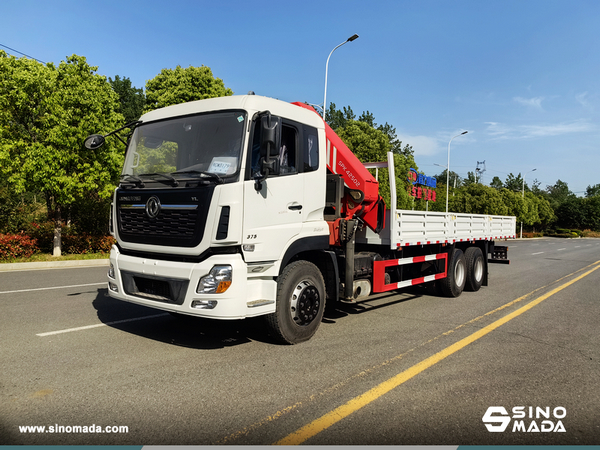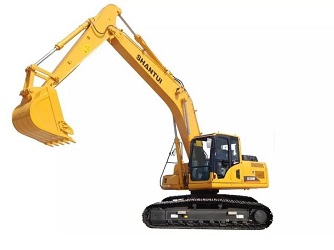The Tips Of Use And Maintain Excavator Bucket Teeth
With the rapid
development of the construction machinery industry, excavators are an important
earthwork construction equipment, its work efficiency, and cost control have
become the focus of the industry. Among them, the bucket tooth is the terminal
part of the excavator working device and its performance directly affects the
overall performance and production cost of the excavator. In the following, a
number of recommendations will be made for the optimization strategy of bucket
teeth, aiming to improve the efficiency of excavator operation and reduce
maintenance costs.
1. Choose the appropriate bucket tooth type
Bucket teeth in the
use of the process to see the working environment, to determine the specific
type of bucket teeth, general excavation, weaved sand, coal, and so on to use flat
head bucket teeth. Excavating block hard rock with RC bucket teeth, excavating
block coal generally with TL bucket teeth, TL bucket teeth can improve the coal
block rate. In actual use, users often like general RC bucket teeth, it is
recommended not to use RC bucket teeth in special cases, and it is better to
use flat-head bucket teeth, because RC bucket teeth are worn for a period of
time before, like "fist" to increase the mining resistance and waste
power and the flat mouth bucket teeth always maintain a sharp surface in the
wear process, reduce the mining resistance, and save fuel.
2. Replace the bucket teeth in time
When the top part
of the bucket tooth is worn seriously, the strength required by the excavator
in the excavation operation will be greatly increased, resulting in greater
fuel consumption and affecting work efficiency. Therefore, it is necessary
to replace the new bucket teeth in time when the bucket teeth loss is more
serious.
3. Replace the
tooth base in time
The wear condition
of the tooth seat is also very important to the service life of the excavator
bucket teeth. After the tooth seat is worn out by 10%-15%, it is recommended to
replace the tooth seat, because there is a large gap between the tooth seat and
the bucket teeth with excessive wear, so that the bucket teeth and the tooth
seat are matched the force point has changed, and the bucket teeth are
broken because of the change of the force point.
4. Daily check fastening
In the daily
maintenance of the excavator, spend 2 minutes a day checking the bucket. The
main inspection content is: the bucket body is the degree of wear and whether
there are cracks, if the degree of wear is serious, it should be considered for
reinforcement. If the bucket body has cracks, it should be welded in time to
avoid the delay of maintenance and increase the length of the crack, resulting
in a situation that cannot be maintained. In addition to kicking the teeth of
the digging bucket with the foot, check whether the ruler is stable if the teeth
are loose, it should be immediately fastened.
5. Replace the position after wear
Practice has proved
that in the process of using the excavator bucket teeth, the bucket teeth
outside the bucket is 30% faster than the inside of the bucket teeth. It is
suggested that after a period of time, the bucket teeth should be inverted
inside and out.
6. Pay attention to driving methods
The driving method
of the excavator, the driver is also very key to improving the utilization rate of the
bucket teeth. The driver of the excavator should try not to collect the bucket
when lifting the arm. If the driver lifts the arm while collecting the bucket,
the operation will make the bucket teeth receive an upward traction force, so
that the bucket teeth are torn from the top of the bucket, so as to tear the
bucket teeth. Some excavator drivers often push too hard in the action of
amplifying the arm sending the forearm, and "knocking" the bucket
quickly to the rock or force the bucket to fall on the rock, which will break the
bucket teeth, or easy to crack the bucket, and break the big arm.
The excavator
driver should pay attention to the Angle operation of excavation during the
operation. The bucket teeth should be perpendicular to the working face when
digging down, or the inclination Angle is not greater than 120 degrees, to
avoid breaking the bucket teeth due to excessive inclination Angle. Also, pay
attention not to swing the digging arm around in the case of large resistance,
which will make the bucket teeth and tooth seat break due to excessive force on
the left and right, because the mechanical design principle of most types of
bucket teeth do not consider the left and right force design.
2024-06-11
